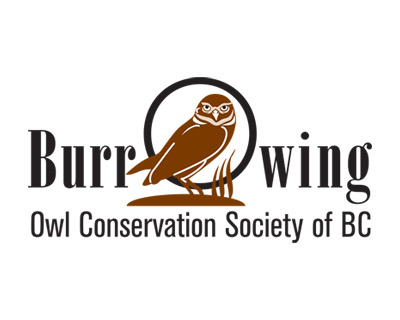The next step on the road to recovery for the owls is to evaluate the success of our reintroduction work. There is much to check on the birds in the field. We now have 16 release locations in the Nicola Valley and a few more just beyond Kamloops. Owls are released at all these sites. With over 800 burrows, this is a huge study area. To minimize disturbance to the birds the field monitoring team is small. They are required to travel great distances especially on foot to observe the owls. The work of the field team includes:
Checking the release sites and burrow conditions, mapping and recording new burrows. Recording the presence or absence of released owls (site fidelity) and survival of released owls.
Tracking the movements of some owls and collecting pellets to determine the diet of released birds.
Providing some supplemental feed (usually chicks) for released owls. Observing breeding pairs in the wild and ensuring they are not disturbed during the nesting period.
Banding and recording of juvenile owls hatched and raised in the wild. Tracking the movements of adult and juvenile owls to migration.
The work can be quite physically demanding. The team travels long distances on foot (often carrying a lot of equipment) to check on the many burrows. Field staff must be very observant and keep very good records. The owls will often move about from burrow to burrow. The field monitor must know the individual owls and their behaviours very well. It is a lot to keep track of, especially as the program keeps growing.

